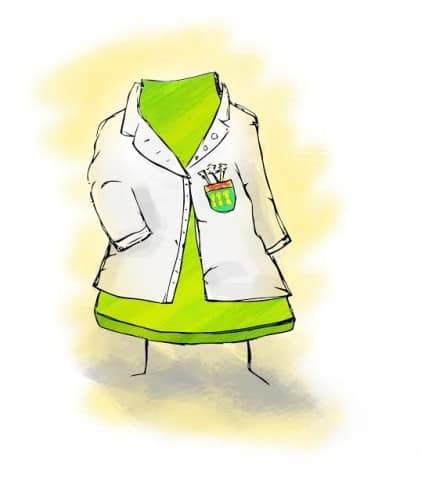 Saskatchewan is keeping more locally-trained medical graduates in the province, which means that incentives to encourage young doctors to stay and practice are working.
Saskatchewan is keeping more locally-trained medical graduates in the province, which means that incentives to encourage young doctors to stay and practice are working.
According to data from the Saskatchewan Ministry of Health, 68 per cent of medicine graduates from the University of Saskatchewan are choosing to stay in the province for work — an 11 per cent increase compared to last year.
“The government recognizes the essential role played by physicians and medical residents in Saskatchewan’s health-care system, both in serving patients and in providing leadership as we work to improve service delivery,” said Saskatchewan Rural and Remote Health Minister Greg Ottenbreit in a statement to the Sheaf.
Ottenbreit attributes the jump to an increase in residency programs in recent years. Since 2007 — when there was a province-wide shortage of doctors and nurses — the number of physicians practicing in Saskatchewan has risen by 423 doctors, an increase of nearly 25 per cent.
“We are training more doctors, recruiting physicians through Saskdocs, and working harder to retain Saskatchewan-educated medical students and residents,” said Ottenbreit.
Dennis Kendel, CEO of Saskdocs, said the increase will allow doctors to build better relationships with their patients and improve care. Saskdocs is a non-profit recruitment agency that connects physicians to available jobs. It has been working closely with the College of Medicine to help its medical students and residents through their career paths.
Due to initiatives like the Distributed Medical Education Residency Program and the Rural Externship Program, more postgraduate education opportunities are now available in rural centres like Moose Jaw, Prince Albert, Swift Current, La Ronge and North Battleford. Plans are being made for additional communities.
Aside from an increase in medical residency positions, the province has also seen additional U of S medical training seats. The seat count was increased to 68 in 2007, 84 in 2008 and 100 seats in 2012. Both of these factors have contributed to students finishing their training locally in rural areas, making it less likely for them to leave Saskatchewan.
Jaylynn Arcand, a U of S medical student, will graduate in 2017. She plans to complete her residency in Saskatchewan after graduation and hopefully stay for the length of her career.
“More Saskatchewan residents are becoming physicians, which will lead to more physicians staying in Saskatchewan,” said Arcand in an email to the Sheaf. “As Saskatchewan has been dealing with a physician shortage for many years, this is an opportune way to promote young people staying in Saskatchewan.”
In Canada, medical training has two distinct components. First, undergraduates complete four undifferentiated years of medical school to earn the MD designation. However, in order to practice medicine, they must complete two to five years of specialized residency training in a specific kind of medicine.
The process by which medical school graduates obtain placements is called the Canadian Residency Matching Service (CaRMS). CaRMS is a required annual process for every Canadian medical student who wants to match to a residency training position at any Canadian university.
“If more Saskatchewan residents are staying to do their residency in Saskatchewan, they are more likely to stay long-term and this is fantastic news for the province, the sustainability of our health-care system, our patients and our medical school,” Arcand said.
For NDP health critic Danielle Chartier, however, encouraging Saskatchewan-trained doctors to stay in the province is not the answer to the province’s health-care issues.
In a statement to the Sheaf, Chartier said that “encouraging locally trained doctors to stay in Saskatchewan is a good thing, but the best way to have success with that is to give them a health-care system they will want to work in. This government isn’t doing that.”
Chartier cited a province-wide survey of physicians which showed that 74 per cent of physicians say they do not have the resources to treat their patients as effectively as possible, and 60 per cent of doctors do not feel their health region consistently provides the highest quality of care.
Still, Kendel said the growth is healthy, especially for the province’s rural communities which have had a hard time retaining doctors. He is hopeful that this trend will continue in the coming years.
“I think our efforts are paying off,” said Kendel. “We’re seeing our U of S physician retention rates increase and that is very encouraging.”
—
Graphic: Jeremy Britz